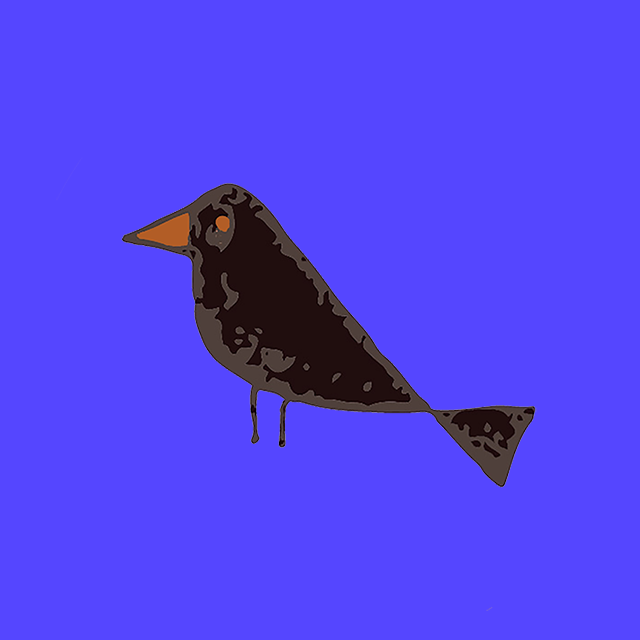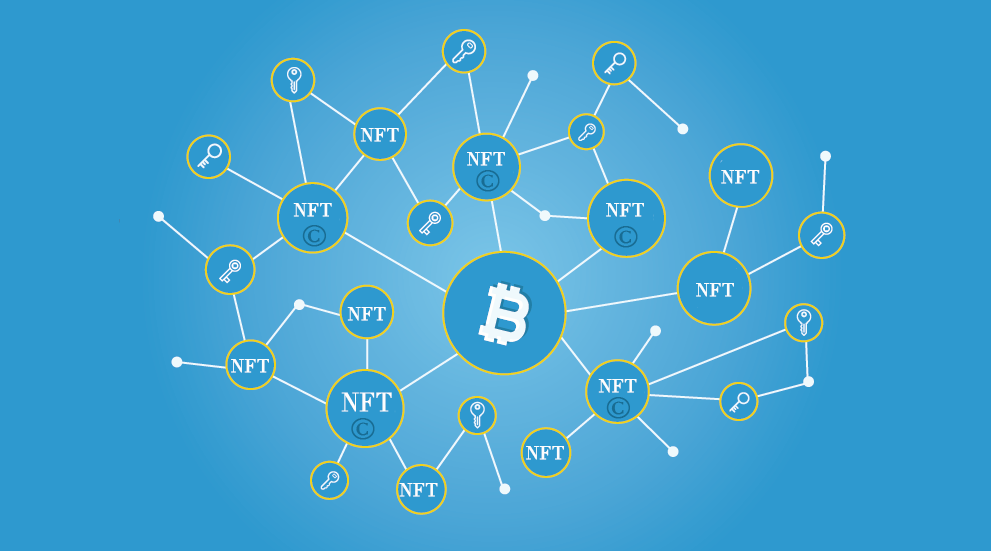
Apr 15•7 min read
Copyright Licences for the Web 3.0. ... and why they matter

Only the author of an artwork of any kind (music, sculpture, painting, etc…) can grant or authorize the use of his/her copyrights, and that authorization can only be provided through licenses. This is how authors can manage the use of all rights associated to their Intellectual Property. In other words, copyrights licences mark the limits of use for any artwork to whoever buys it.
This is easily understandable in the physical world, where licenses are very well-defined. However, in the digital world the upcoming web 3.0 offers new possibilities that did not exist before on the web neither in the physical world.
Today, authors have the great opportunity to set up the bases for new ways of granting licences, and therefore, it is important to understand this moment well, and participate.
Even the World Intellectual Property Organization understands that we will need to confront new paradigms and situations: “The proliferation of new licensing practices appears to reflect the development of collaborative creativity and a new, more dynamic position of the user in the network environment. Each user is now, thanks to readily available digital technologies and media hardware and software, a potential consumer, producer, creator and distributor of creative work. While licensing is finely tuned for the analog world, the digital environment has changed the way in which copyright content is marketed, distributed, delivered and consumed, and this has had significant consequences for the upstream and downstream processes of rights clearance.”
Today, I am going to put in a digital context the main components of a copyrights' license. This is an exercise we can all do while imagining that a copyrights license could be included when selling a digital artwork in the form of an NFT (I dedicated the previous episode to NFTs).
It should be stated, as is customary in these licenses, that any author that grants the use of an artwork declares being the true creator of that work, and the copy that he/she is giving away – be it physical or digital – is original. This is of vital importance in the case of NFTs, for instance.
As well as that, the license is declared exclusive or non-exclusive: an author can give an exclusive licence for the use of an artwork to one person only; or rather extend non-exclusive licenses to a number of different people, thus reserving the right to keep granting licenses to more people if necessary. In the digital 2.0 platforms (Spotify, Instagram, YouTube…), we usually grant non-exclusive licenses. In the upcoming Internet 3.0, a new possibility comes up: granting a limited number of licences.
That being said, here are the major components usually found in copyrights licenses:
1. Time scope of the license. Whoever grants the license can decide whether he/she does so for a certain time - a few months, one or several years, etc. - or timelessly. In the digital world, until now, content creators tend to grant practically timeless licenses, but in the upcoming Internet, authors could have more decision-making power, and better define for how long they want to grant a license to use any work.
2. Geographical scope of the license. If, in the physical world, the author can choose where he/she is going to make use of an original artwork, and can even offer different licenses depending on each country, it has to be said that this cannot be controlled in the digital world. Therefore, today it seems logical that the licenses granted on the network are for universal use, as indicated in the licenses we grant to platforms today. Putting borders on the Internet does not seem like a possible decision.
3. Copyrights to be granted. About the copyrights that the author can manage through a license, you can listen to the episode that I dedicated in this same podcast. Here, I just want to point out one important difference between the physical and the digital world: in the physical world, the right to copy, or right of reproduction, is the first and fundamental for the other rights to make sense: distribute, show or execute - display - and adapt. On the other hand, in the digital world, the right to show or execute - display - comes to the fore, since it is possible to exercise it without the need to reproduce or copy the digital work received.
4. Obligations of the parties: Attribution. Different agreements may appear here, but the obligation to recognize the author and attribute Intellectual Property to the creator of the piece by declaring authorship appears as necessary in both the physical and digital world. This needs to be done for the recognition of moral rights, which are non-transferable. For this reason, even in non-commercial Creative Commons licenses, "attribution" is required in all licenses. This is also as a reminder that the author does not lose IP even if he/she grants usage licenses, which are economic rights.
5. Payment of the price or royalties and perfection of the license agreement. In the physical world, a license is valid from the moment the contract is signed, even if the payment of the price (often in the form of royalties or percentage on the profits of the sale) is left for later. On digital platforms, authors grant a license any time they upload a work and start to use the platform's services. In the upcoming Internet 3.0 this may change due to the introduction of smart contracts which self-execute. On the web 3.0, on the Internet of Value, the license can be transferred automatically once the payment of the digital work or its NFT is received directly by the author. In addition, furhter royalty charges can be introduced, since the use of the work can be monitored, so the author may participate in its exploitation beyond its first sale.
6. Execution, Resolution, Default and jurisdiction. What happens if there is a default? At the end of the licenses, it is usually secified when the license ends or is resolved. Failure to comply with any of the terms explained by either party is one of the main causes of resloution/termination of the license agreement,. This is the reason why it is usually stated here which courts will be in charge in case any problem ends up in a formal legal complaint. So far, in the digital world, platforms are subject to the law, and they must define in their terms of service which courts they submit to, what is their jurisdiction in case of legal problems with users. In the Internet of Value, it will also be like that: Courts will have to hear new cases, and their resolutions will surely lead the way of lawmakers for new regulations. Ultimately, human beings live in the real world, and the conflicts that arise from our exchanges in the digital world must be addressed and contemplated by law.
The Internet of Value offers authors the great opportunity to take control of their Intellectual Property on the web. Until now this was not possible, but today you can certify the ownership of your digital work just as you would in the physical world with your physical assets. NFTs prove it, but they are just the beginning. The ownership of a work of art, unlike other properties, carries some copyrights, and the artist-authors will be able to manage them online.
For this to be a reality, I myself am working on an App for artist-authors from all fields on the Internet of Value, Smartists. Our challenge is to develop licenses that allow us to regain control of the use of our artworks on the Internet. In the next episode, I will introduce you to our project, Smartists, and I will also invite you to some online meetings where you can ask us your questions and start to participate in building a better Internet for artists.
Georgina Mauriño,
Author and founder of Smartists on Stacks, building a user owned Internet.
